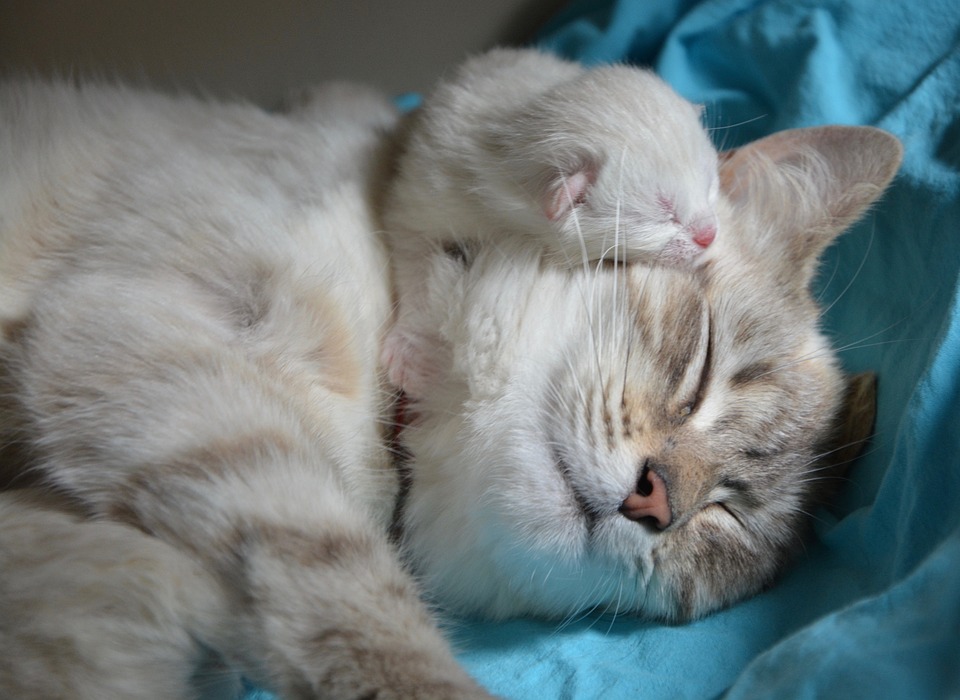Title: Recognizing Signs of Common Cat Allergies: A Comprehensive Guide
Introduction:
Cats make wonderful companions, but did you know that they can also be the cause of allergies in some individuals? It’s essential to understand the signs of cat allergies to ensure the well-being of both you and your feline friend. In this article, we will discuss the common symptoms of cat allergies and provide helpful tips to manage them effectively.
Understanding Cat Allergies: Causes and Symptoms
1. Causes of Cat Allergies
a. Fel d 1: The primary allergen found in cat dander
b. Cat saliva: Allergic reactions can occur when cats groom themselves
c. Cat urine: The proteins in cat urine can trigger allergies
2. Symptoms of Cat Allergies
a. Respiratory symptoms:
– Sneezing
– Runny or stuffy nose
– Itchy or watery eyes
– Coughing or wheezing
b. Skin reactions:
– Redness or rash
– Itchy skin
– Hives or eczema
c. Digestive issues:
– Nausea or vomiting
– Diarrhea
d. Asthma attacks (in severe cases)
Diagnosing Cat Allergies: When to Seek Professional Help
1. Consulting a Medical Professional
a. Allergy testing: Skin prick tests or blood tests to identify specific allergens
b. Pulmonary function tests: Assessing lung function to determine the severity of allergies
2. Seeking Veterinary Assistance
a. Cat allergy testing: Identifying potential allergens specific to your cat
b. Ruling out other skin conditions or infections
Managing Cat Allergies: Tips and Strategies
1. Reducing Exposure to Cat Allergens
a. Create cat-free zones in your home
b. Use high-efficiency particulate air (HEPA) filters
c. Regularly clean and vacuum your home
d. Wash bedding and curtains frequently
2. Personal Hygiene and Prevention
a. Wash hands thoroughly after interacting with your cat
b. Avoid touching your face while petting your cat
c. Change clothes after prolonged cat contact
d. Consider using allergy medications or nasal sprays as recommended by your doctor
3. Cat Grooming and Environment
a. Regularly brush your cat to reduce loose hair and dander
b. Bathe your cat occasionally, if tolerated
c. Provide a well-ventilated and clean living environment for your cat
FAQs: Frequently Asked Questions about Cat Allergies
1. Can cat allergies develop over time?
– Yes, cat allergies can develop at any age, even if you’ve had cats before without experiencing any allergic reactions.
2. Are certain cat breeds hypoallergenic?
– While no cat breed is truly hypoallergenic, some cat breeds produce fewer allergens, making them a better choice for individuals with allergies.
3. Can cat allergies be cured?
– Unfortunately, there is no cure for cat allergies. However, symptoms can be managed effectively through various preventative measures and medications.
4. Can allergy shots help with cat allergies?
– Allergy shots, also known as immunotherapy, can be a viable option for some individuals with severe cat allergies. Consult an allergist for further guidance.
Conclusion:
Recognizing the signs of cat allergies is crucial for maintaining a healthy and comfortable environment for both cat owners and their feline companions. By understanding the causes, symptoms, and management strategies discussed in this article, you can ensure a harmonious relationship with your cat while effectively managing any allergic reactions that may arise. Remember, seeking professional medical advice is essential for accurate diagnosis and personalized treatment plans.








